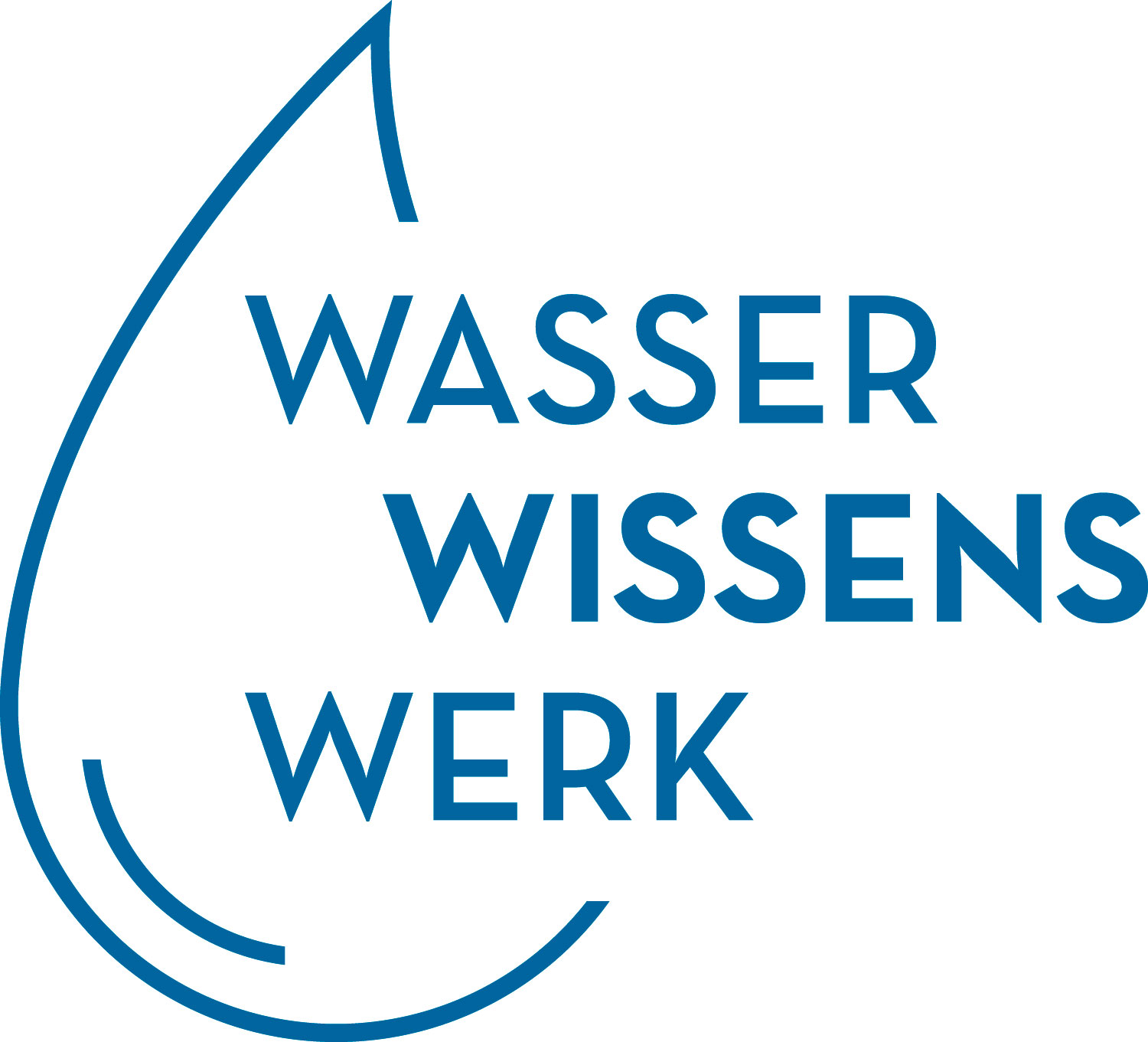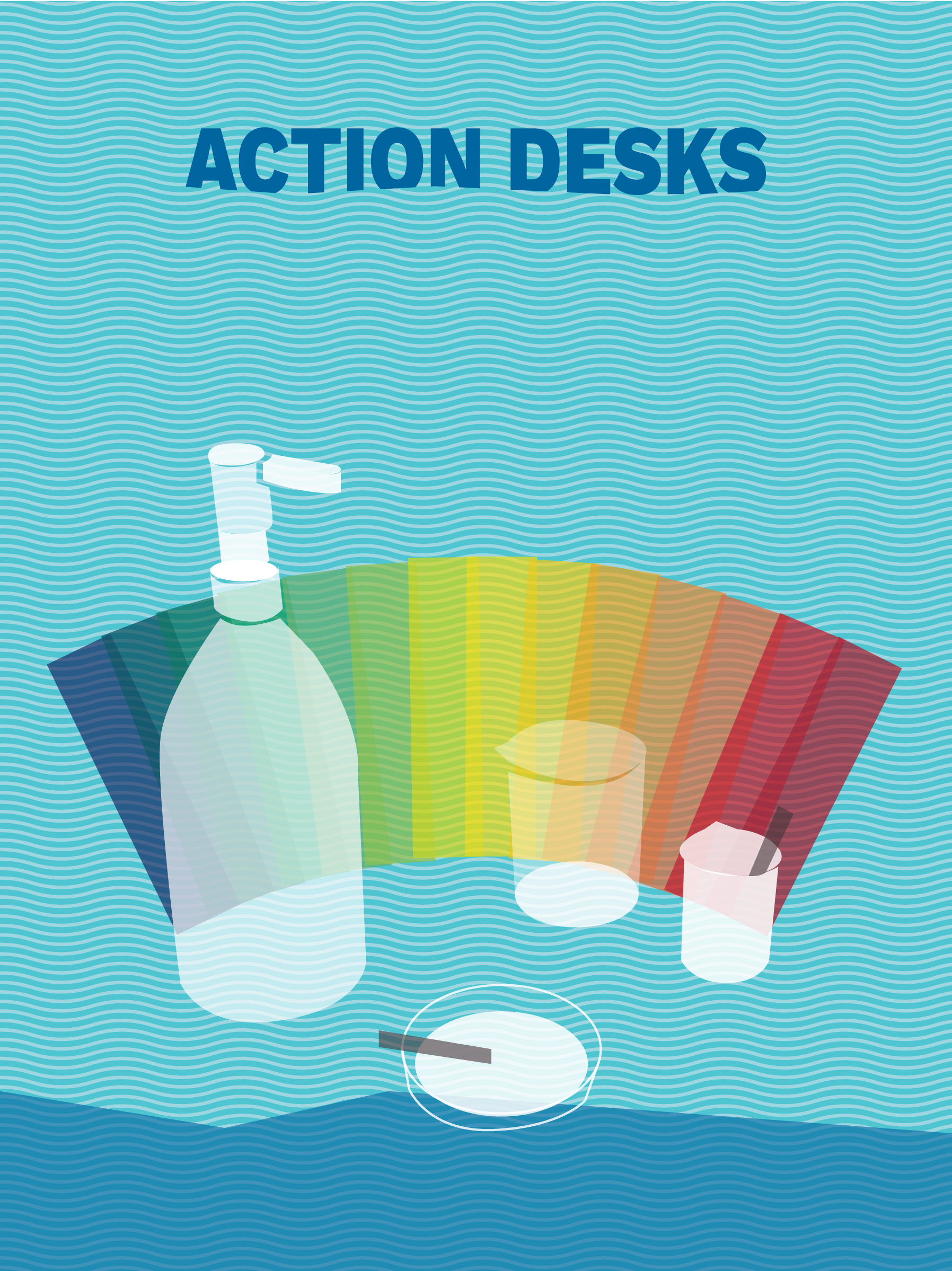Desk 1
The water protection area is defined by an ordinance which includes the extension of the protection zones, prohibitions and conditions.
Protection zone 1 ("catchment area") is completely forested and may only be entered for the purpose of managing and protecting the dam. The dense vegetation reduces the effect of heavy precipitation and thus erosion and surface flooding (introduction of turbidity, nutrients and pathogens) into the dam water.
Protection zone 2 ("narrower zone") protects the waters entering the dam and thus also prevents the direct input of nutrients, pollutants and pathogens into the dam. The prevention of sewage phenomena is particularly important here.
Protection zone 3 ("further zone") protects the dam from the effects of human activities. Prohibited here are, for example, the spreading of liquid manure or pesticides, the storage of hazardous substances, clear cutting in forests, mass livestock farming and waste landfills.


